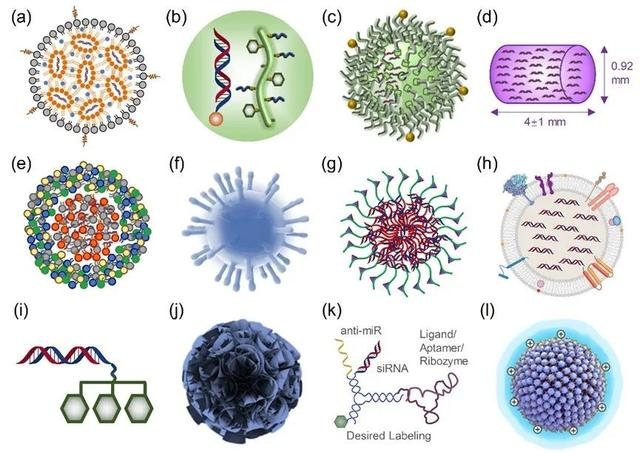Importance of nucleic acid drug chemical modification and delivery
1.Chemical modification of nucleic acid drugs
(1) Chemical modification of sugar
In the early stage of nucleic acid drug development, many nucleic acid compounds showed good biological activity in vitro, but their activity was greatly reduced or completely lost in vivo. The main reason for this is that unmodified nucleic acids are easily broken down by enzymes or other endogenous substances in the body. The chemical modification of sugar mainly involves the modification of the 2-hydroxyl group (2 '-OH) of sugar to methoxy group (2' -OMe), fluorine (F) or (2 '-MOE). These modifications can successfully increase activity and selectivity and reduce off-target effects with fewer side effects.
(2)Phosphate backbone modification
The most commonly used chemical modification of phosphate backbone is thiophosphate, that is, one oxygen in the phosphate backbone in nucleotides is replaced by sulfur (PS modification), and PS modification can resist the degradation of nuclease, enhance the binding ability of nucleic acid drugs to plasma proteins, reduce the kidney clearance rate, and increase the half-life.
(3) Ribose five-membered ring transformation
The modification of ribose's five-member ring is called the third generation of chemical modification, including bridging nucleic acid lock-in nucleic acid BNAs, peptide nucleic acid PNA, phosphacyldiamine morpholino-oligonucleotide PMO, which can further enhance the resistance of nucleic acid drugs to nucleases, improve affinity and specificity.
2. Drug delivery and administration
Nucleic acid drugs that rely only on chemical modification are still easy to be rapidly degraded in the blood circulation, not easy to accumulate in the target tissue, and not easy to effectively cross the target cell membrane to reach the site of action in the cytoplasm. Therefore, it is necessary to rely on the power of the delivery system, and the delivery system technology is the key to ensure the effectiveness and safety of nucleic acid drugs.
From the perspective of drugs already on the market, the GalNAc conjugated connection delivery system dominates in small nucleic acid drugs due to its excellent targeting performance towards the liver; MRNA delivery systems include liposomes, nanoliposomes, lipid complexes, polymers, lipid nanoparticles, and exosomes. Among them, lipid nanoparticles are the most common delivery system in mRNA drugs. Exosomes are considered to have the greatest potential to address the delivery bottleneck of small nucleic acid drugs in vivo, as they have lower immunogenicity and toxicity, better ability to cross cellular and tissue barriers, and the potential to achieve more efficient cellular transmission.

推荐
-

-

QQ空间
-

新浪微博
-

人人网
-

豆瓣

